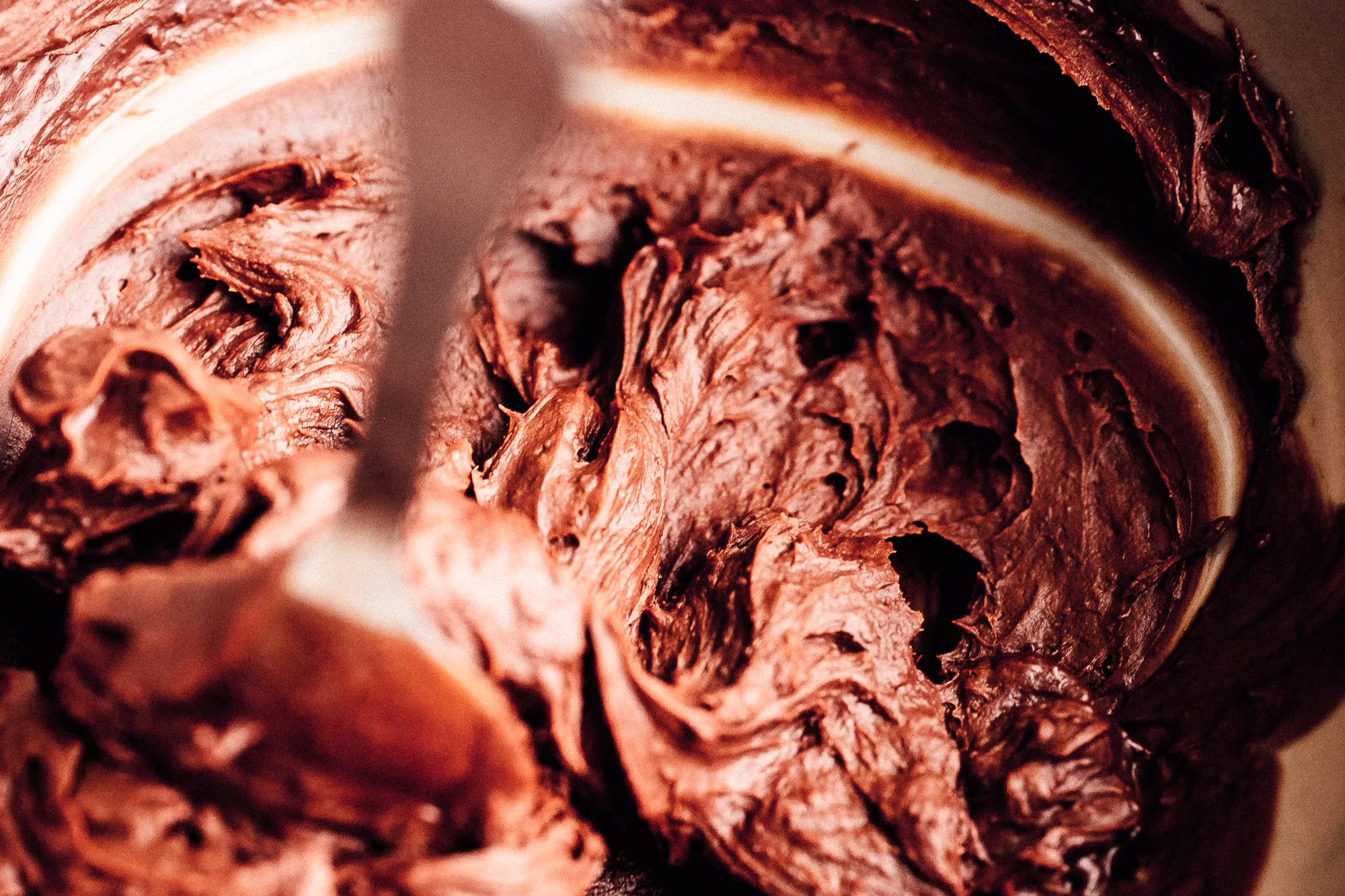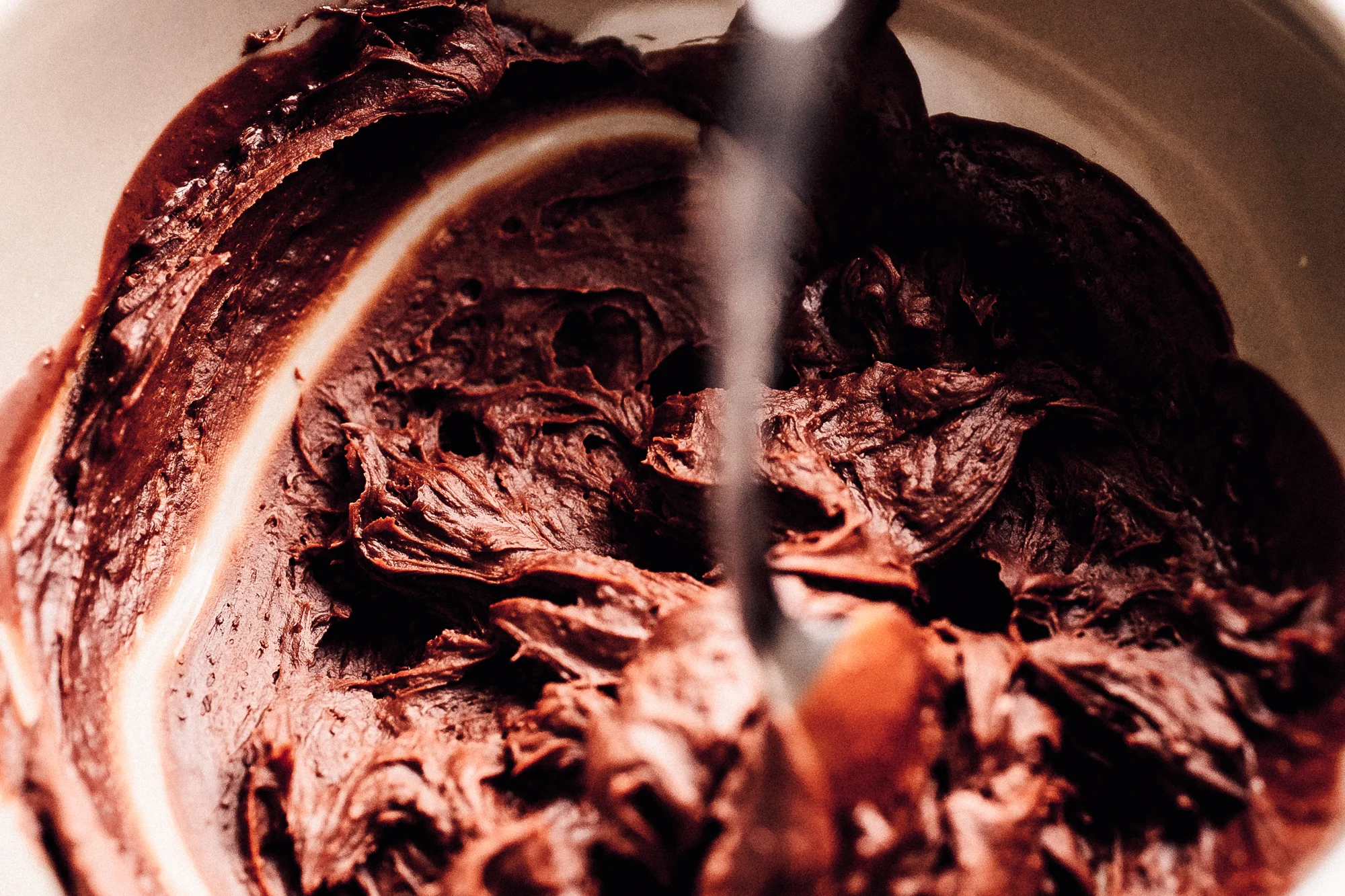Water + Chocolate?
“If you add water to chocolate in general it will seize and you will end up with a thick fudge like chocolate product”
Aside from wanting to know if there is a piece of equipment that can be used in lieu of the Melangers to refine chocolate, my most common question is about water and its place (or lack there of) in chocolate making. Usually this train of thought goes hand in hand with the Melanger question and goes something like this. "If I use just a little bit of water, shouldn't I be able to dissolve the sugar and mix it with the chocolate and then I don't need the Melanger?"
Variations of this are "can I use honey, or agave syrup or something like that?"
My basic answer to these questions are "No, it just doesn't quite work that way. If you add water to chocolate in general it will seize and you will end up with a thick fudge like chocolate product, but not really standard chocolate than can be tempered". I have posed this question to a few other people just to make sure I was not missing something. So, here is a bit more of the specifics of why you really can't add water to chocolate successfully.
------
This is seized chocolate
This mess happened by adding honey (which contains water) while tempering.
If there was any practical way to get water into chocolate, it would be done commercially on a mass basis. Water is cheap and nutritionally perfect. Water in a chocolate system raises a lot of complex concerns:
1) Blending water and oil means you're making an emulsion. This means the opacity of the chocolate and viscosity will be affected. Think about mayonnaise.
2) Cacao is a rich source of insoluble but water absorbent fibers (cellulose, primarily) which tends to cause the particles to draw in the water and swell up, further disrupting the texture. The cacao particles then tend to push away the cocoa butter.
3) Adding water means many new enzymes that were perhaps previously inactive due to lack of water can become active - remember, many enzymes work in non-aqueous systems with as little as 3-5% water. Adding a large amount of water (or water in the absence of sugar) could lead to issues with water activity and microbial concerns.
4) The presence of liquids will weaken or disrupt the tempering process and alter the texture of the cooled product. Depending on the amount and size of the water droplets, this can vary from making the chocolate softer to totally crumbly and impossible to temper to making ganache.
Adding emulsifiers can help blend the water with the oil better, keeping it in smaller particles. This helps reduce problems 2 and 4 a lot, but tends to cause an increase in the viscosity of the system, potentially worsening problem 1. For these purposes, lecithin is an alright emulsifier, PGPR works even better, and there are tons of there emulsifiers out there (mono & diglycerides, datem, etc. come to mind as solid water in oil emulsifiers). If you can add the liquid directly to the fat and emulsifier and blend agressively, sans cacao solids, it is better as you break the water up into smaller particles.
Using liquids that are mostly dissolved solids is also a good move, as they are slightly less lipophobic. This is where corn syrup, honey, etc. come in. The added viscosity also can tend to make the solution more stable, by interfering with surface tension and making it more difficult for droplets to re-agglomerate. Just think about trying tomix honey and butter versus water and butter.
But, bottom line, it IS possible to make a sort dark chocolate like substance using something like a thick agave syrup. You use a lot more cocoa butter and not too much agave syrup, and the end chocolate is softer and doesn't develop a true temper/snap as you'd like... but it DOES work, and it sot of tempers. The same concept applies to any kind of similar syrup. The trick is careful incorporation, not using too much and understanding that the chocolate is going to be fundamentally different in nature. You also want to use plenty of lecithin here.
A few extra emulsifiers added could help yield a bit more stable product, but it's not going to really perform any kind of magic. A few companies have been experimenting with ways to make 1 micron and lower sized micro-droplets of water into chocolate, but that water is entirely "locked away." That means it is totally invisible in every way and offers no functional benefit except fat reduction. The commercialization is only starting on these technologies, and the cost may never be very low.
how many cocoa beans have to die to make us stop this madness?



